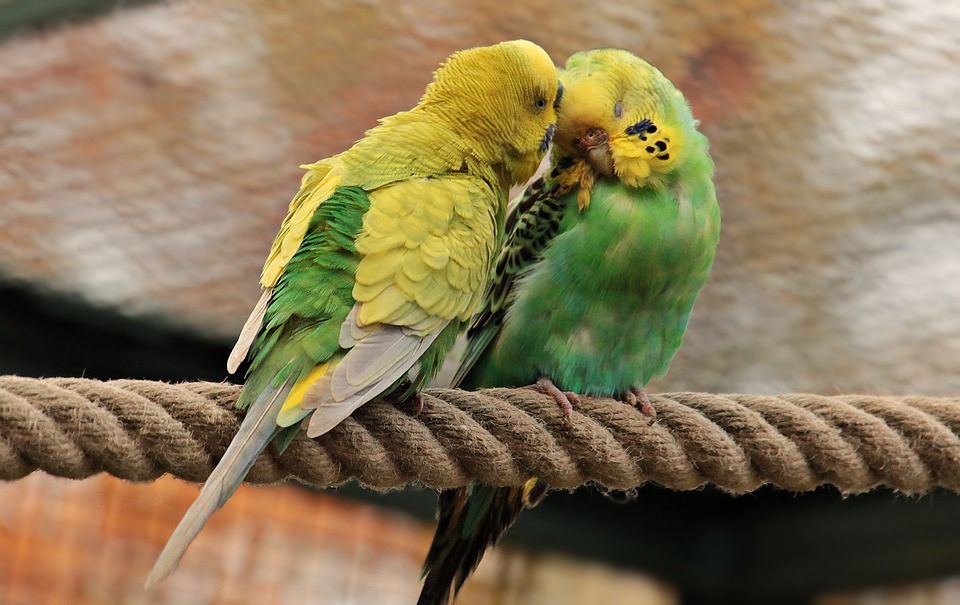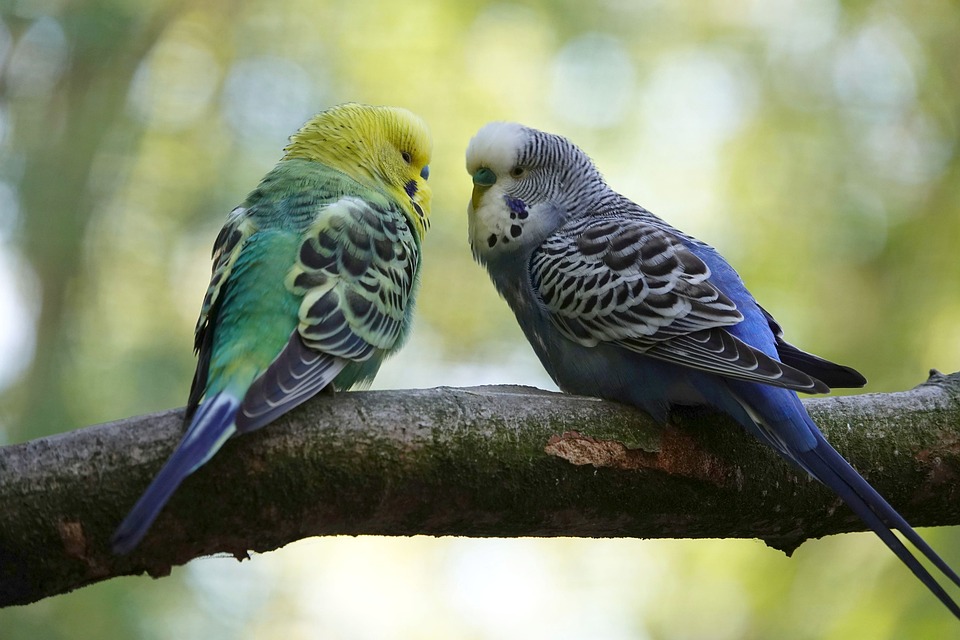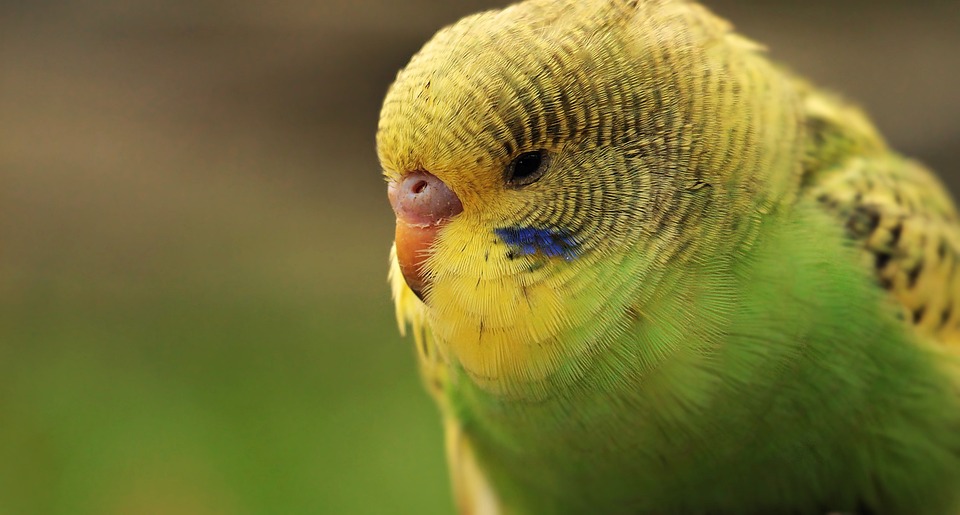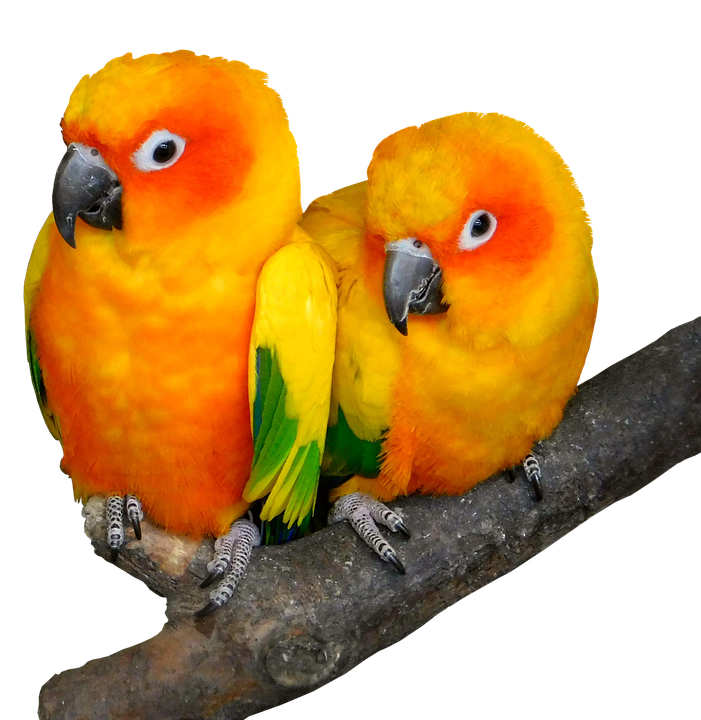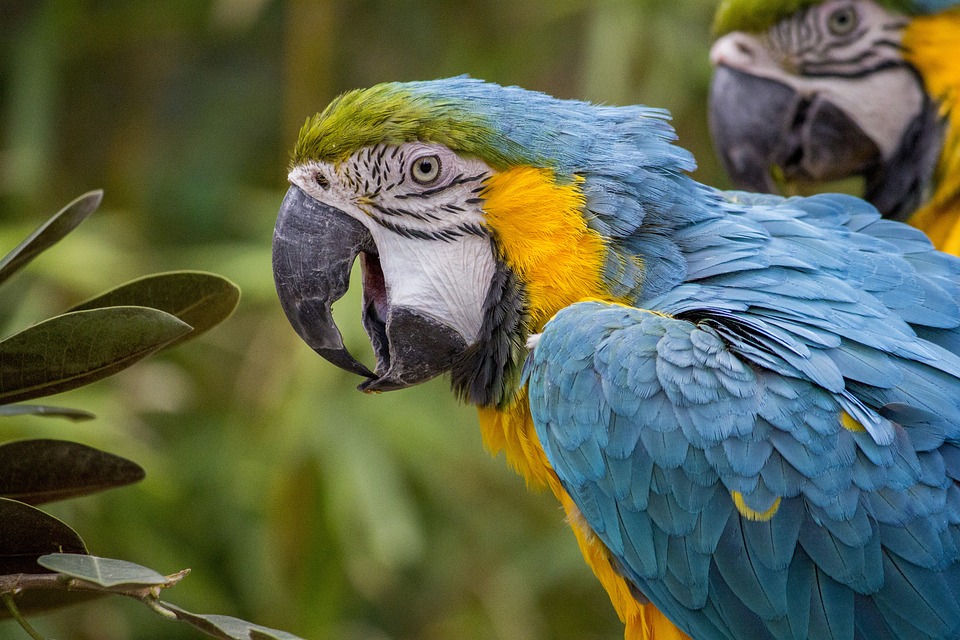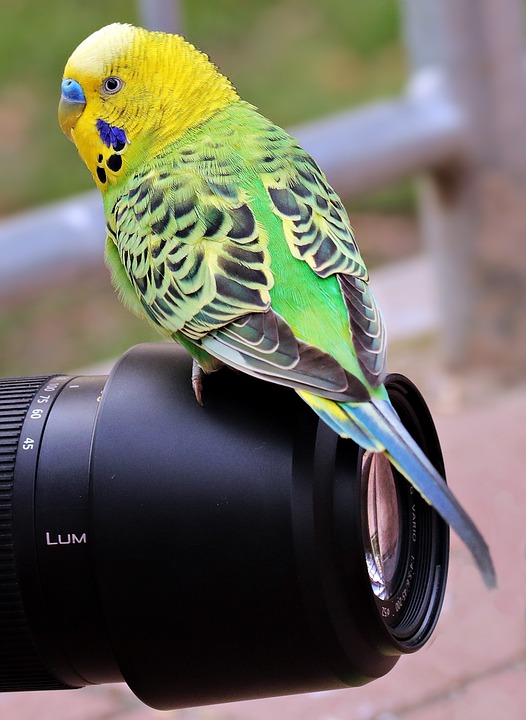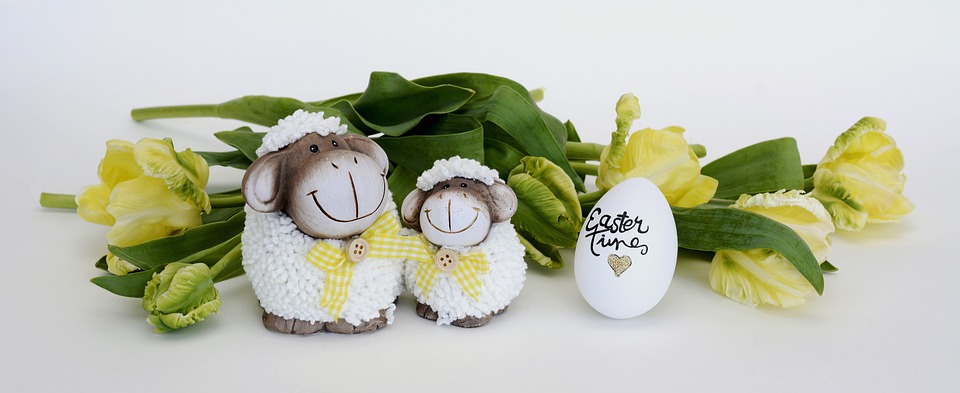Parrots are intelligent and complex creatures, known for their vibrant plumage and engaging personalities. However, like any other living being, parrots are influenced by hormones, which can significantly impact their behavior. Understanding the signs of hormonal behavior in parrots and adjusting your interactions accordingly is crucial for maintaining a harmonious and safe environment for both you and your feathered friend. In this article, we will explore common signs of hormonal behavior in parrots and provide valuable insights on how to adapt your interactions to ensure a balanced and healthy relationship.
Recognizing Signs of Hormonal Behavior
Parrots, like other birds, experience hormonal changes that are influenced by factors such as age, season, daylight hours, and social interactions. These hormonal fluctuations can manifest in various ways, often altering a parrot’s behavior and temperament. It is essential for parrot owners to be able to recognize the signs of hormonal behavior to prevent any potential issues. Here are some common indicators to look out for:
1. Increased Vocalizations: One of the most noticeable signs of hormonal behavior in parrots is increased vocalization. Male parrots, in particular, may become more vocal as they enter breeding season or when they are trying to attract a mate. Excessive screaming or loud calls are often observed during these periods.
2. Aggression and Biting: Hormonal changes can also lead to increased aggression in parrots, especially if they are feeling territorial or protective. Biting or aggressive behavior towards their owners or other birds may occur as a result. It is crucial to identify the triggers and take appropriate steps to address this behavior.
3. Nesting Behavior: When a parrot is experiencing hormonal changes, it may exhibit nesting behavior. This can include shredding paper, shredding feathers, searching for dark and hidden spaces, or even regurgitating food. Recognizing these signs can help you understand your parrot’s needs and provide appropriate outlets for their natural instincts.
4. Displaying Mating Behaviors: Parrots may display mating behaviors such as regurgitating food, head bobbing, fluffing feathers, or engaging in courtship dances. These actions are typically directed towards objects, toys, or even their owners. Understanding that these behaviors are hormonal in nature and not a display of affection can help prevent any misunderstandings.
Adjusting Interactions Accordingly
Once you have identified signs of hormonal behavior in your parrot, it is essential to adjust your interactions accordingly to maintain a healthy relationship and ensure your parrot’s well-being. Here are some helpful tips to consider:
1. Maintain Consistent Routines: Establishing a consistent daily routine for your parrot can help minimize hormonal fluctuations. Regular feeding times, sleep schedules, and play sessions can provide a sense of stability and reduce stress.
2. Modify the Environment: Creating a less stimulating environment can help reduce hormonal behaviors in parrots. Limiting access to dark and enclosed spaces, removing potential nesting materials, and rearranging toys and perches can discourage nesting behavior.
3. Avoid Physical Triggers: Certain physical interactions, such as excessive petting or cuddling, can stimulate hormonal behavior in parrots. Pay attention to your parrot’s body language and avoid triggering their mating behaviors by refraining from excessive physical contact during hormonal periods.
4. Offer Appropriate Outlets: Provide your parrot with appropriate outlets for their natural instincts and behaviors. Offer a variety of toys for shredding, foraging, and chewing, as well as engaging in activities that mimic natural behaviors. This can help redirect their energy and prevent frustration.
FAQs about Hormonal Behavior in Parrots
Q1: Can hormonal behavior in parrots be prevented?
A: Hormonal behavior in parrots cannot be entirely prevented, as it is a natural part of their reproductive cycle. However, you can take steps to minimize its impact and adjust your interactions accordingly.
Q2: How long does hormonal behavior typically last in parrots?
A: Hormonal behavior in parrots can vary depending on the species, individual bird, and environmental factors. It is often most prevalent during breeding seasons and may last anywhere from a few weeks to several months.
Q3: Is hormonal behavior in parrots dangerous?
A: While hormonal behavior in parrots is a natural occurrence, it can sometimes lead to aggression or other problematic behaviors. It is crucial to monitor and adjust interactions accordingly to prevent any potential harm.
Q4: Is it advisable to breed parrots during hormonal periods?
A: Breeding parrots during hormonal periods should only be considered by experienced and responsible breeders. Breeding should not be pursued casually, as it requires extensive knowledge, time, and resources to ensure the well-being of both the parents and offspring.
Q5: When should I seek professional help for hormonal behavior in my parrot?
A: If you are experiencing difficulties in managing your parrot’s hormonal behavior or have concerns about their well-being, it is advisable to consult a certified avian veterinarian or an experienced parrot behaviorist for guidance and support.
By being aware of the signs of hormonal behavior in parrots and adjusting your interactions accordingly, you can foster a healthy and fulfilling bond with your feathered companion. Remember, understanding and respecting your parrot’s natural instincts is essential for their overall well-being and happiness.


